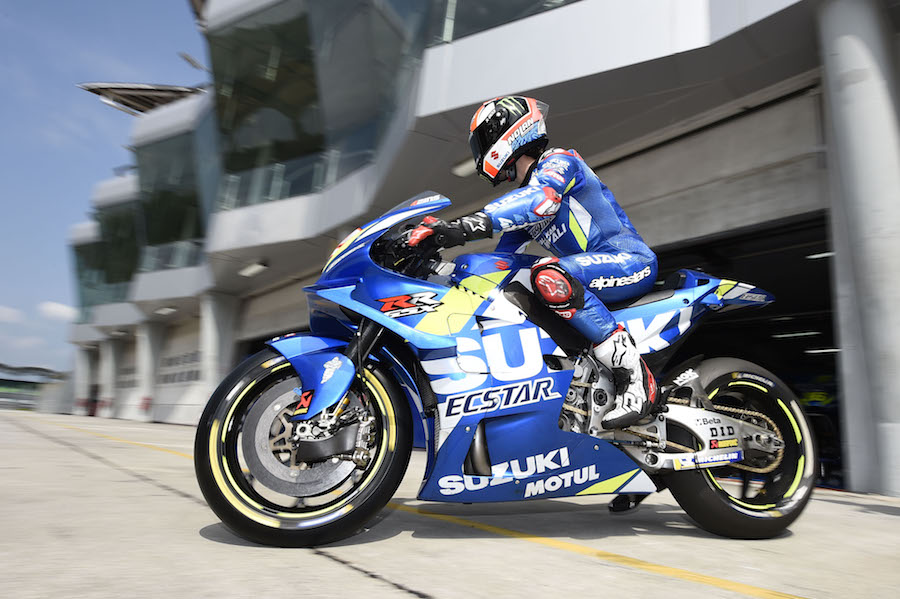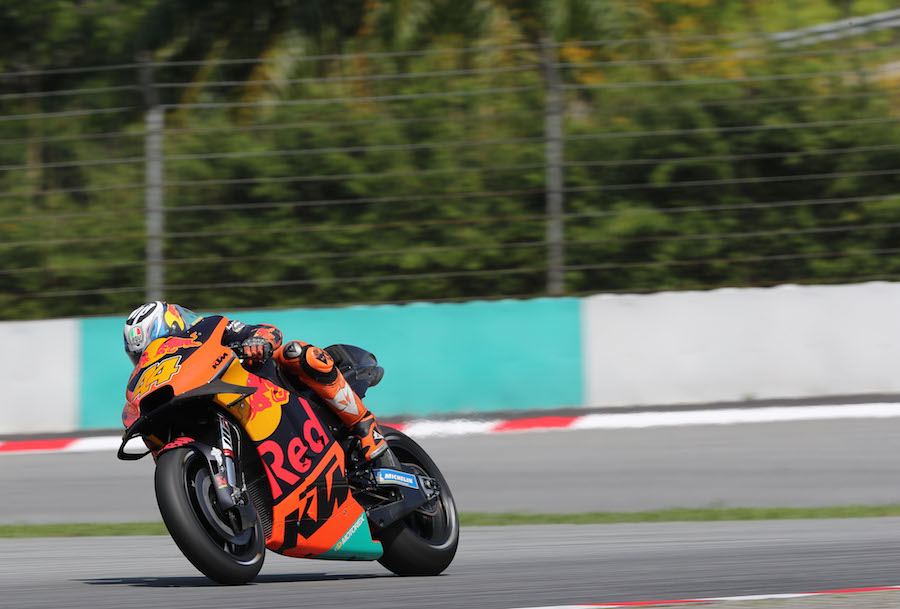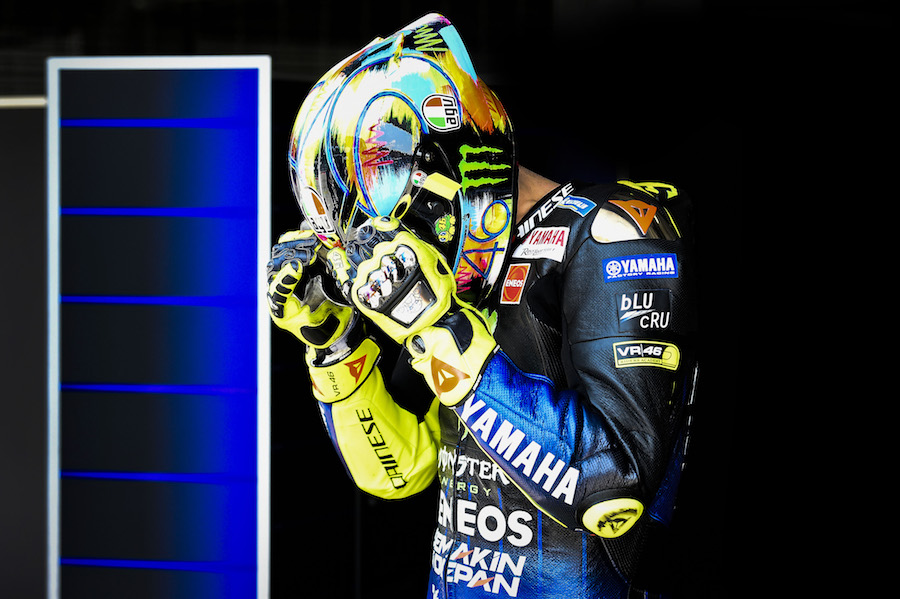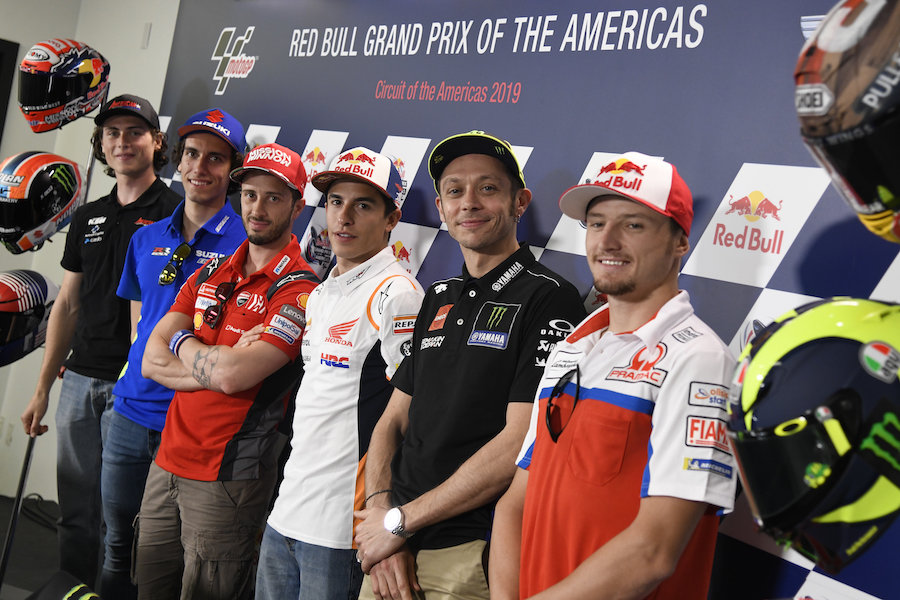Defections, dominance and high-speed drama. This is everything you need to know
I only met Mr Honda once, back in 1984, not long before the great man’s death. But I have never forgotten his response, when asked to predict the next day’s GP.
“If we knew the result, it would not be necessary to have the race.”
The same applies to the 71st year of the motorcycle world championships – 19 races and eight months long. It starts on 10 March under floodlights at Qatar, and finishes in the autumn chill of Valencia on 17 November.
In between it visits 16 countries (Spain three times and Italy twice), and both hemispheres. Assen is the northernmost race, the Australian GP the southernmost; while Argentina and Japan span west to east. We’re going back to Thailand for a second time, where the new race was awarded IRTA’s GP of the Year; and hopefully also to England, if Silverstone’s resurfacing goes ahead.
Quite a journey.
The travelling companions comprise the world’s top 22 MotoGP riders, along with 32 middle-class students on the new Triumph Moto2 bikes and 29 Moto3 kindergarten kids. By and large, they are a familiar crowd, but with some significant shifts of position and loyalty, and some important new faces.
The most important turncoat is Jorge Lorenzo, the only rider to interrupt Marc Marquez’s run of premier-class titles since 2013. Now they’re teammates in a formidably strong factory Repsol Honda squad.
Jorge is fresh from turning round his fortunes in two Ducati years, demonstrating application and adaptability as well as talent. His first tests on the dominant Honda RC213V had him fast and glowing, with a smaller bike much better suited to his size and style than the Desmosedici was. Then he broke his left scaphoid in a dirtbike crash mid-January, missing the first Sepang tests, and unlikely to be fully fit even for the first race.
Marquez is similarly below par. He finally had surgery for his oft-dislocated left shoulder in December, and while he was able to ride at the tests, he was facing not just pain but also considerable weakness. Also injured, top independent-team rider Cal Crutchlow; while his LCR teammate Taka Nakagami has last year’s bike.
This off-camber start for MotoGP’s top team can only encourage its rivals. Most of them need all the confidence boosters they can get. This applies massively to Yamaha, struggling to regain momentum, and only slightly less so to Suzuki, promisingly stronger, but still lacking certainty.
Only Ducati can hope for equal footing with Honda. Possibly half a step ahead … reinforced at Sepang test, where Ducatis snaffled the top four positions: at least for single banzai laps.
Famously, testing is not racing, and head factory rider Andrea Dovizioso did reveal they still needed to address long-standing mid-corner problems. At the same time, he and his fellows were happy enough that the bike had improved from last year (when it won seven races), and that development was in the right direction.
Typically, Ducati had several special ideas at the tests. Most obvious was new aero bodywork … no less than six box-kite winglets, three per side; most intriguing a mysterious lever atop the triple clamp … probably a “hole-shot device”, holding suspension compressed to the first corner; though with trade-mark mystery chief engineer Gigi Dall’Igna declined to give details. As with the still unrevealed details of the under-tail lunch box. More readily understood was a drag link to the rear brake caliper, discouraging hop on corner entry.
Ducati has a strong hand, Danilo Petrucci having joined Dovi in the factory team, and Jack Miller’s strong debut Desmo year rewarded with a factory-spec bike in the satellite Pramac team. Rookie teammate Pecco Bagnaia, fresh from winning Moto2, made a stunning 2019 start at Sepang, placing a close second on a GP18 in a batch of circuit-record times.
With two Reale Avintia riders – the redoubtable Tito Rabat and Karel Abraham – also on GP18s.
Yamaha needs a comeback after two fallow years, (Maverick Vinales’s lone but convincing 2018 Australian victory ended a record 25-race losing streak), and early signs were somewhat encouraging
The nadir had been a public apology led by project leader Kouji Tsuya in Austria. Tsuya has now gone and the management was restructured to give the Italian part of Yamaha Racing more sway; while the test-session comments from both Vinales and veteran superstar teammate Valentino Rossi were carefully optimistic.
Vinales pronounced the newly Monster-sponsored bike more predictable after setting fastest time on day two, and also managing impressive race runs. Since it was in Malaysian heat, in conditions where the bike suffered last year, this was encouraging.
Yamaha now has an European test team with rider Jonas Folger; and factory-spec bikes for the all-new Petronas satellite team – replacing Tech3: one for ex-Moto2 champion Franco Morbidelli, another Rossi protégé, of whom much is expected. The second goes to class rookie Fabio Quartararo.
Suzuki’s challenge looks technically as strong as Yamaha’s, with the sweet-handling GSX-RR bringing the benefit of a year of free development and the rapidly growing strength of Alex Rins, in his third MotoGP year. Rins made five podiums last year, including three second places, and is ready to start winning. Teammate Joan Mir is a rookie with plenty of pressure.
KTM has doubled its efforts, with strength up to four, and heavy hitter Johann Zarco now heading Pol Espargaro on the factory team. Zarco had a few mis-hits last year after a blazing debut, and has yet to win a race, but is a fast and thoughtful rider who might mesh well with the studious and well-financed Austrian team. But KTM, in its third year, has plenty still to learn. The arrival of the experienced Tech 3 as a satellite team, with rookie Miguel Oliveira and Hafizh Syahrin, will help the intense development programme regain momentum after an injury-blighted 2018.
Finally, Aprilia has a re-enthused Aleix Espargaro (seventh at Sepang) backed by the erratic raw talent of Andrea Iannone on a seemingly reinvigorated bike.
The rules are much as before, except that no aerodynamic fiddling is allowed this year, although one upgrade is still allowed per rider.
Electronically, things have been levelled off also, with a control IMU (inertial platform) for all.
The rest is up to the riders.
- Rossi, Sepang MotoGP test Feb 2019
- Rins, Sepang MotoGP test Feb 2019
- Dovizioso, Sepang MotoGP tests, February 2019
- Miller, Sepang MotoGP test Feb 2019
- Vinales, Sepang MotoGP tests, February 2019
- Dovizioso, Sepang MotoGP tests, February 2019
- Pol Espargaro, Sepang MotoGP tests, February 2019
- Rossi, Sepang MotoGP test Feb 2019
Words Michael Scott Photography Gold&Goose








